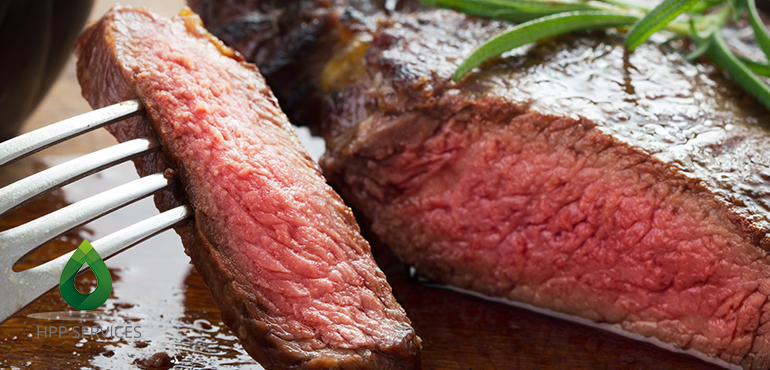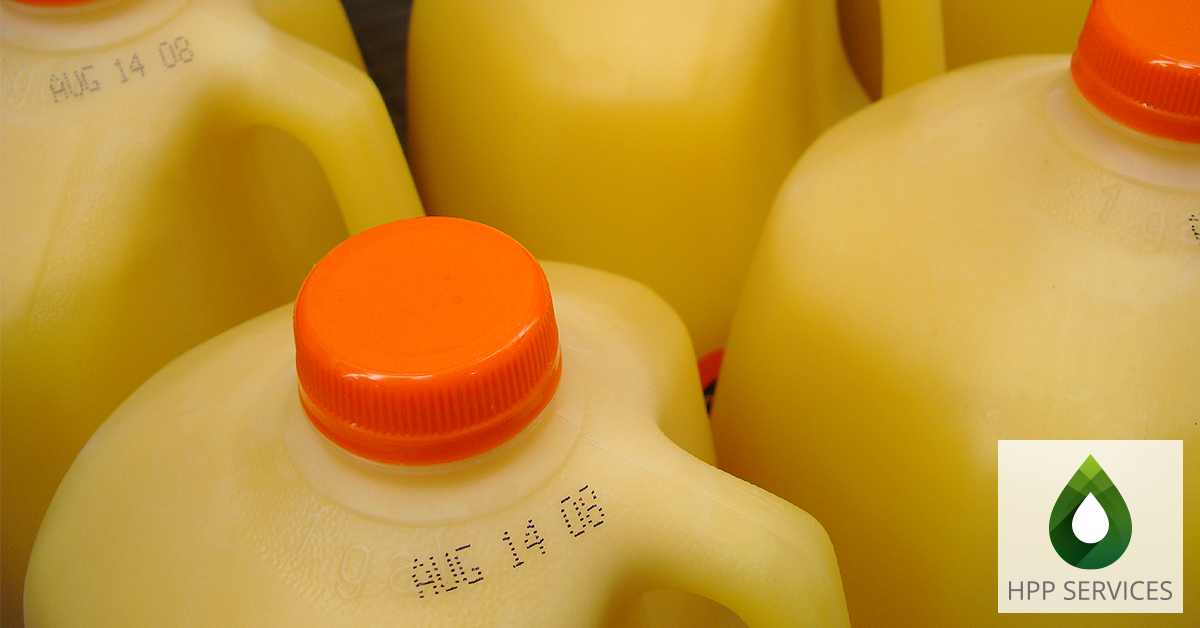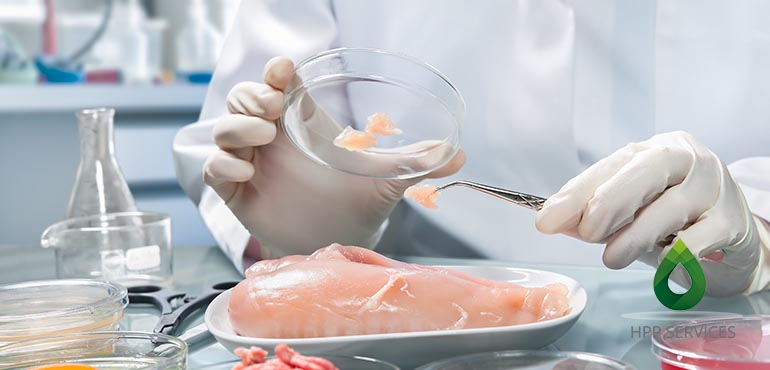The difference between pasteurisation and HPP (High Pressure Processing)
HPP treatment and the difference with pasteurisation
HPP treatment differs considerably from pasteurisation, although the ultimate objective is the same: to effectively eliminate microorganisms in foods. One method uses temperature, the other high pressure, a technique that offers some remarkable advantages.
Pasteurisation?
With pasteurisation, foods, both packaged and non-packaged, are heated to temperatures exceeding 84 degrees. Using this method, the core temperature of the food is critical and it will, by definition, take some time for the core to reach the desired temperature. This means that the outside is exposed to the high temperature much longer, which can lead to over-cooking. Other disadvantages resulting from this change in temperature: loss of nutritional value, colour changes and a reduction in the volatile compounds that define aroma and flavour.
HPP treatment as an alternative
With HPP treatment, the disadvantages of pasteurisation are negated. In fact, the applied pressure is distributed evenly, i.e. without gradient, across the food. Because the food is not heated, the flavour, nutritional value, colour and aroma remain fully intact. Moreover, HPP is applied to packaged products. Pasteurisation is often applied before the packaging stage, with an additional risk of secondary contamination during packaging or during hot filling if the temperature is too low. Do you want to read more about the advantages of HPP?
Would you like to find out more about the advantages of HPP as a food treatment option? Have a look on our page About HPP.
Do you want more information or a free test run. Please do not hesitate to contact us!






There are no comments